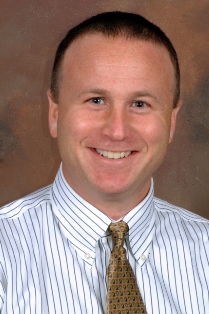

In addition, there have been increases in the volume of off-label injections of drugs such as triamcinolone acetate (Kenalog Bristol Myers Squibb, New York, NY) and bevacizumab (Avastin, Genentech). With pegaptanib the schedule is every 6 weeks. With ranibizumab, many patients are seen monthly for intravitreal injection. More patients with AMD are referred to us for treatment, and they must be seen more frequently. With monthly intravitreal injections of ranibizumab, approximately 40% of AMD patients in clinical trials experienced significant improvement in visual acuity.īut along with this improvement in visual outcomes came an increase in utilization and thus in patient volume. Food and Drug Administration’s approval in 2000 of verteporfin photodynamic therapy (PDT) (Visudyne, Novartis, Basel, Switzerland), followed by the approvals of pegaptanib sodium (Macugen OSI/Eyetech, New York, NY) and ranibizumab (Lucentis Genentech, San Francisco), retina subspecialists first gained the ability to stabilize vision in some AMD patients, then the ability to improve it. The role of the retinal surgeon was often limited to administering laser treatments when appropriate to slow the advance of the disease. Not long ago, retina subspecialists could offer little in the way of treatment for patients with exudative AMD. As the chief executive officer of Southeastern Retina Associates, I have encountered this challenge in the largely rural area that is served by our 21 offices in Eastern Tennessee, Virginia, North Carolina, and Georgia. In the past 7 years, with the introduction of pharmaceutical treatments for age-related macular degeneration (AMD), retina practices across the United States have been faced with the challenge of handling increased patient volume.


 0 kommentar(er)
0 kommentar(er)
